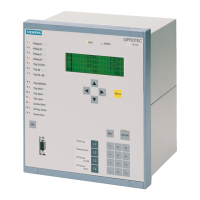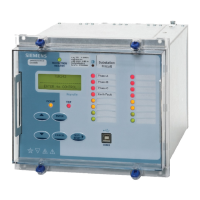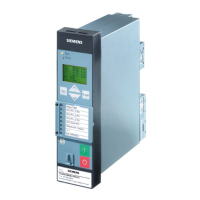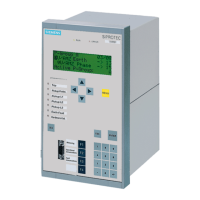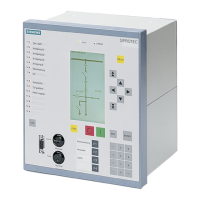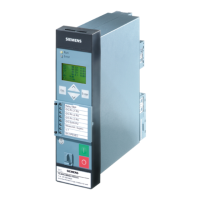4
Transformer Differential Protection (87T and 87HS)
7UT51 v3
58 PRIM-2330C
The default value (a slope of 0.25) should be sufficient
for regulating ranges up to 20%. If the transformer has
a larger regulated range, or there are in-zone loads
(e.g., auxiliary transformers), then the slope must be
increased accordingly.
4.4.4 Upper Slope of Pickup
Characteristic
The upper sloped-segment of the trip characteristic
(Slope 2) provides higher pickup levels in the range of
high through currents during normal operation that
may cause current transformer saturation (CT
saturation due to a high through current caused by an
external fault is dealt with separately, see Section 4.5
on page 58). The baseline intercept and slope are set
in addresses 1607 and 1608.
4.5 Through
-
Fault Restraint
CT saturation caused by a high-current internal fault
(or by long system time constants) affects the
differential current,
I
diff
, and the restraining current,
I
rest
, about equally. Hence, the trip characteristic (see
Section 4.4 on page 55) can handle this situation.
However, a high-current through-fault can cause
considerable differential current due to unequal CT
saturation at the different CT measuring locations. To
restrain tripping in this situation, the differential
protection function has a special feature.
A high-current external fault is characterized by an
initial rise in the restraining current that is much more
rapid than the initial rise in the differential current.
Hence, if the operating point moves quickly (within 0.5
cycle) into the through-fault-detection area shown in
Figure 4.9, the 87T function (but not the 87HS
function) will be restrained for a configurable duration.
The restraint will be released if for two complete cycles
the ratio of the differential current to the restraining
current is less than 0.9 (that is, the operating point
moves up to within 90% of the
I
diff
=I
rest
line on
Figure 4.9), indicating an internal fault is evolving
during the external fault.
1607 87BASE PT2
Baseline intercept of the upper sloping
segment of 87T pickup characteristic (Slope 2).
Range: 0.0
–
10.0
I
n
Default: 2.5
I
n
1608 87SLOPE 2
Slope of upper sloping segment of 87T pickup
characteristic (Slope 2).
Range: 0.25
–
0.95 (unitless)
Default: 0.50
1617 T
-
SAT
-
BLK
Maximum duration of through
-
fault CT
-
saturation
restraint of the 87T function.
Range: 2
–
250 cycles, or ∞ (until drop
-
off of pickup)
Default: 8 cycles
The timer starts when the operating point
exits
the
through
-
fault restraint area (see Figure 4.9 on
page 57). Enter ∞ for the restraint to continue until
dropout of the differential protection pickup.
1618 SAT
-
RESTR.
Minimum restraint current required to activate
through
-
fault CT
-
saturation restraint. This value sets
the left edge of the through
-
fault restraint area shown
in Figure 4.9 on page 57. The top of the area is a line
passing through the origin whose slope is one
-
half
the slope of Slope 1 (Address 1606).
Range: 5.00
–
15.00
I
n
Default: 7.00
I
n

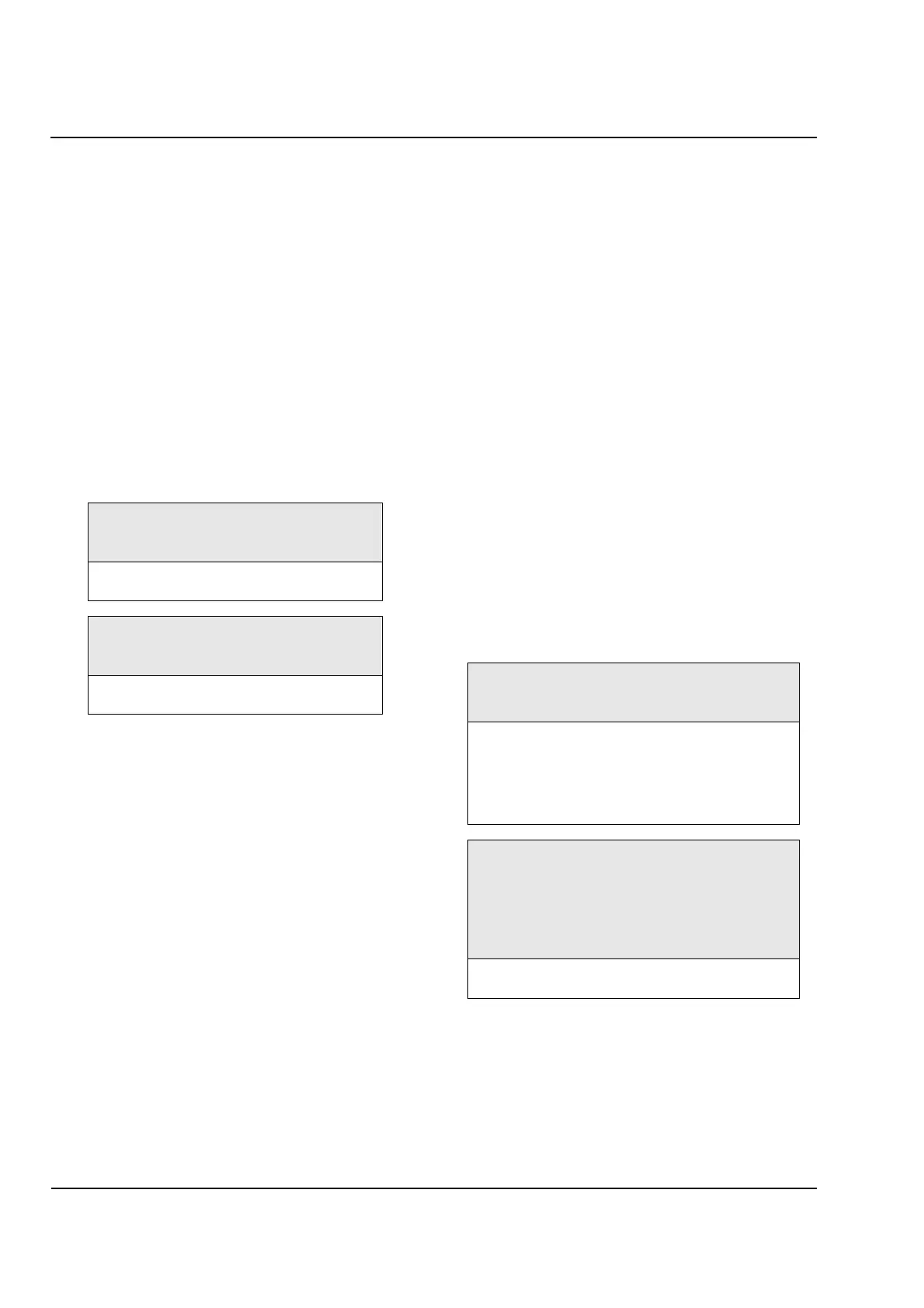